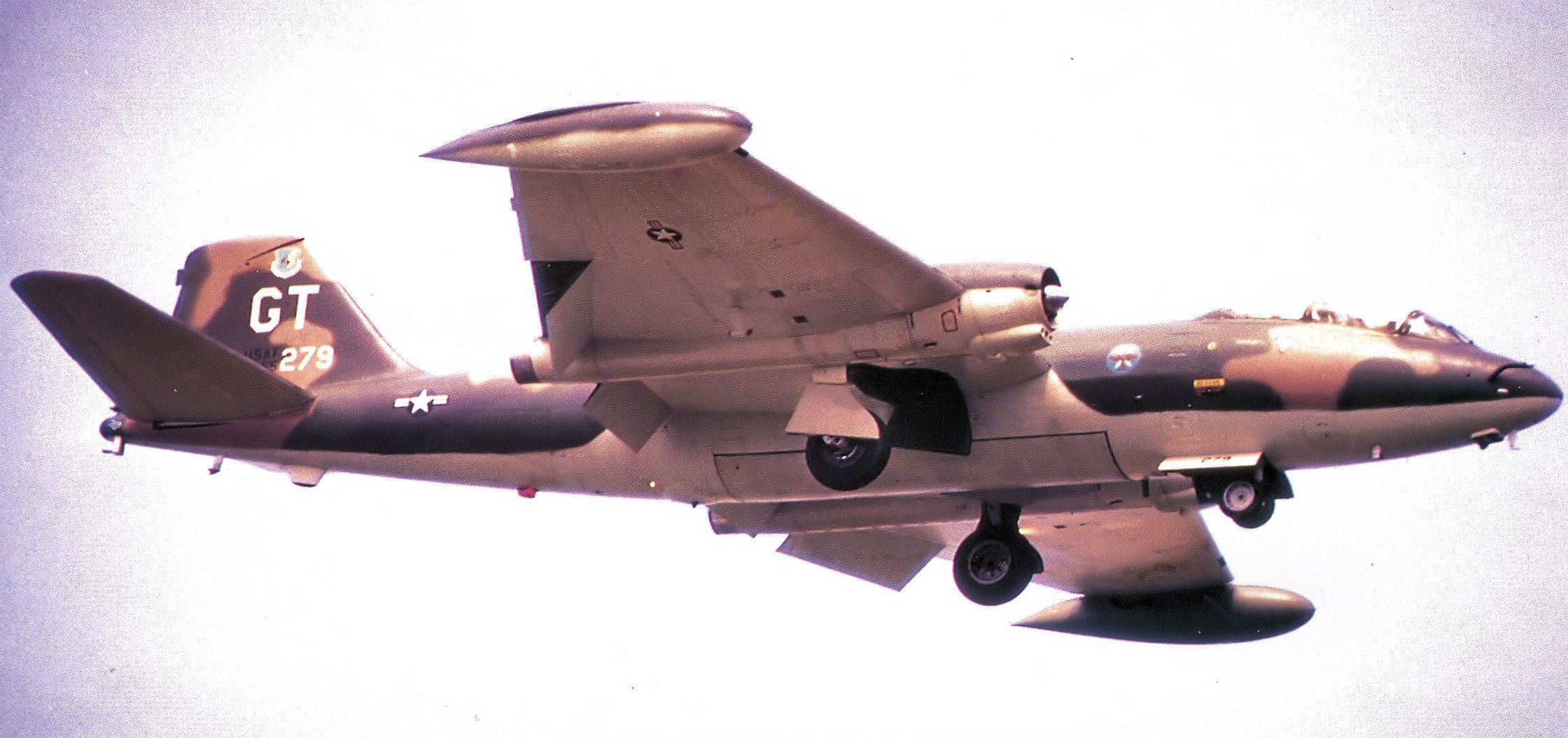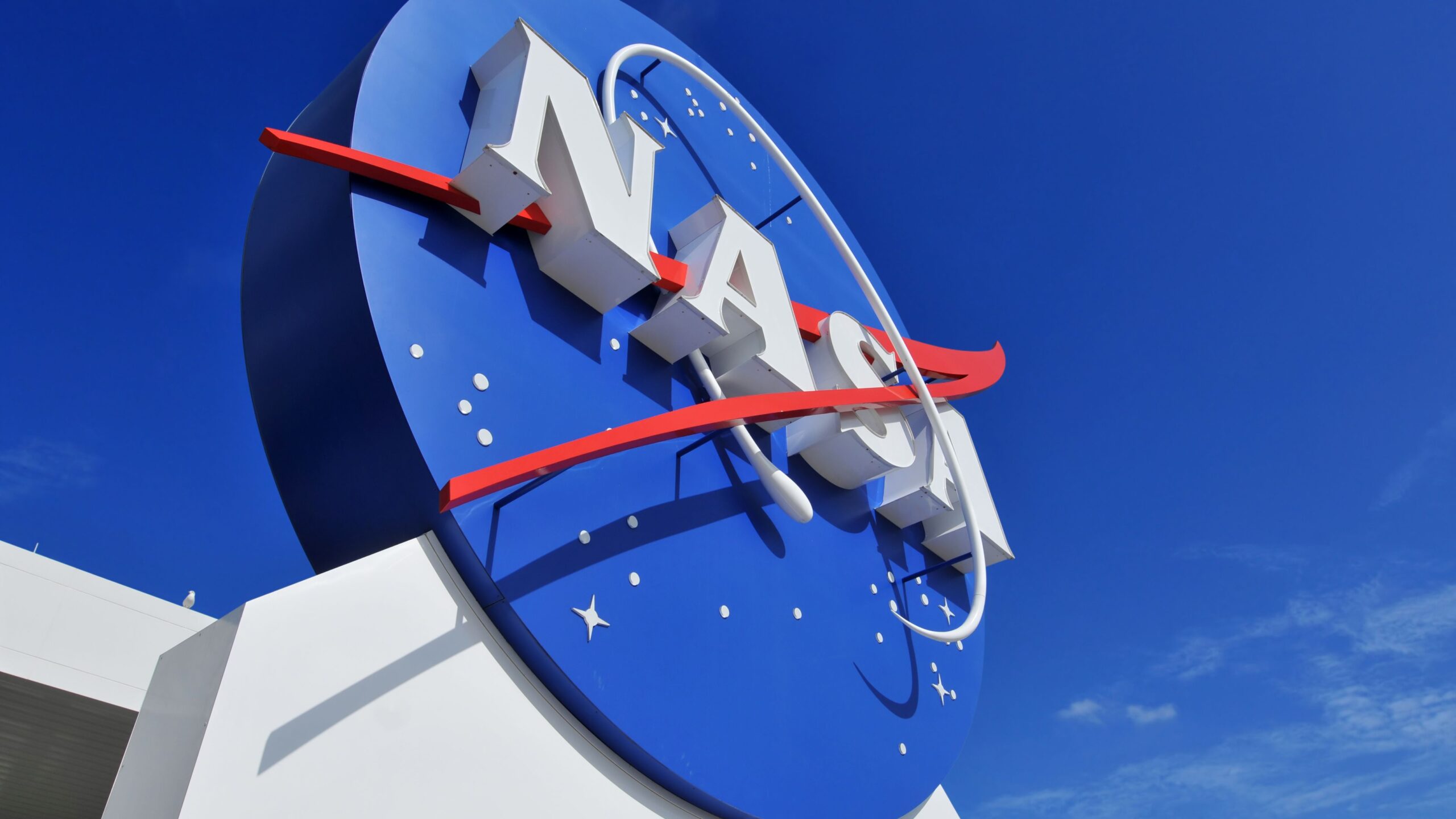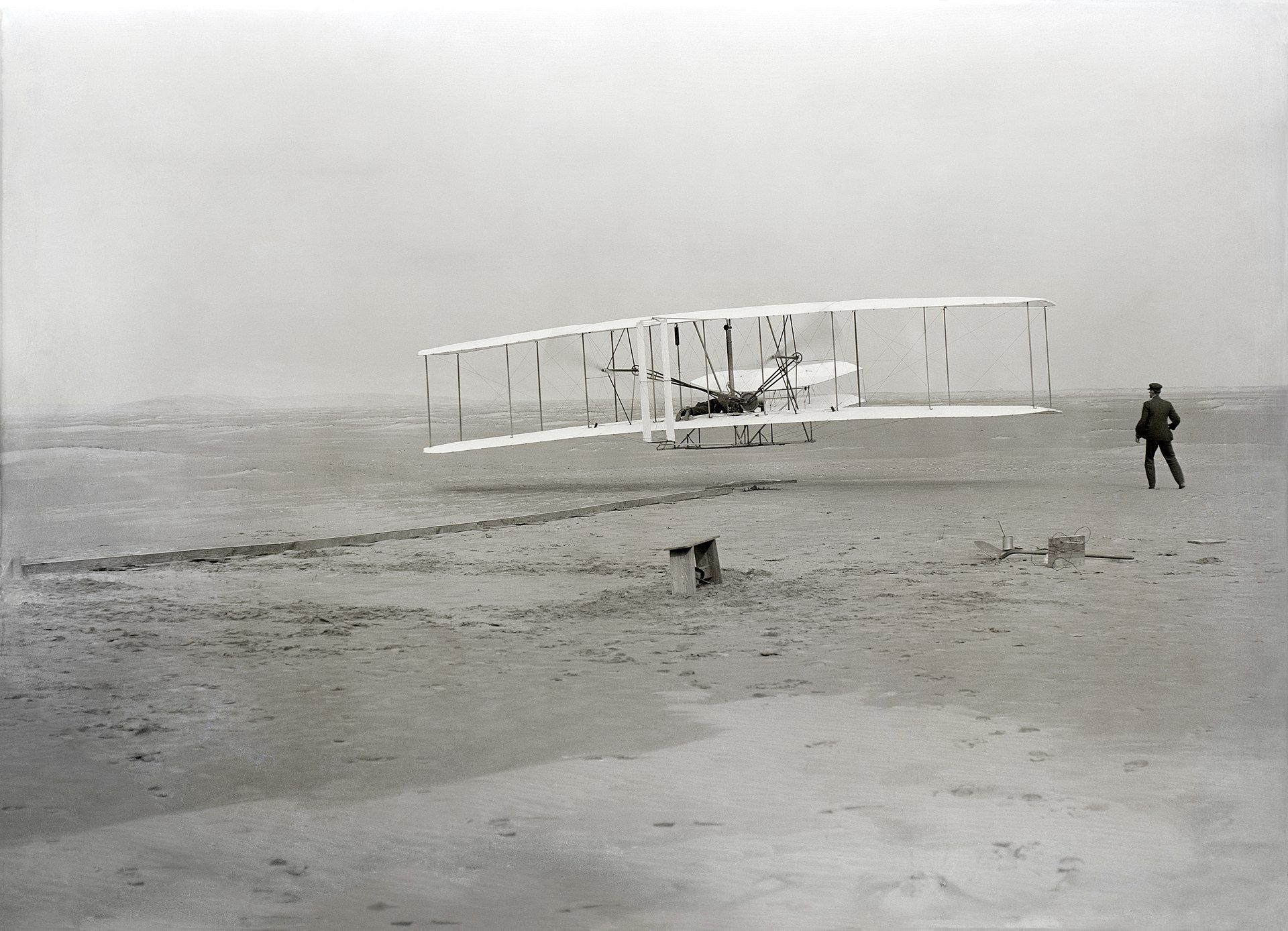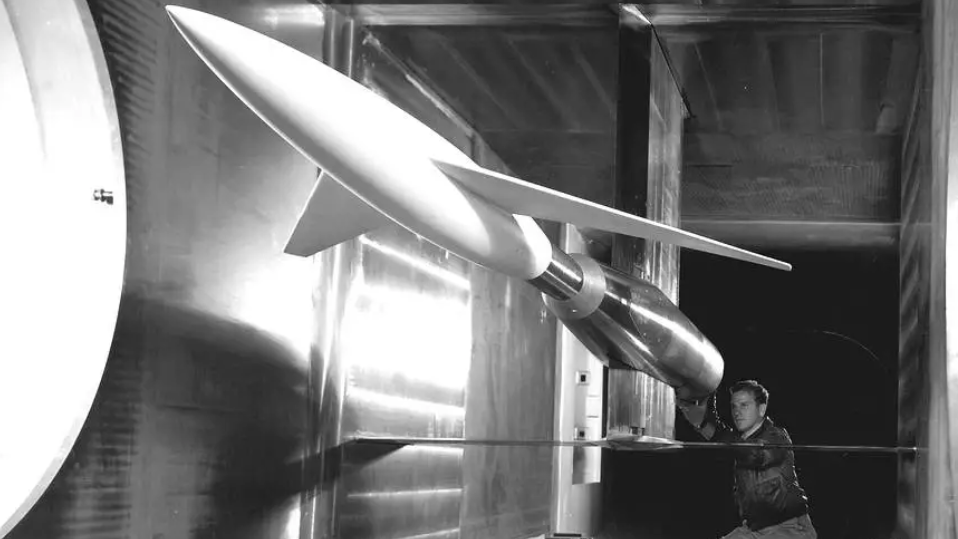In October 1958, NASA
(National Aeronautics and Space Administration) came into being, replacing the previous NACA (National Advisory Committee for Aeronautics). NACA was NASA’s forerunner, starting with humble beginnings in World War I
and significantly contributing to aircraft design by World War II
. In the Cold War, NACA’s role became ever-increasingly space
related, causing it to be remodeled into NASA. Today NASA continues the much-expanded role of NACA in both air and space (and
it operates a diverse range of aircraft
).
The need for a federal aviation advisory
The first men to fly were (obviously) the Frenchmen Jean-François Pilâtre de Rozier and François Laurent d’Arlandes in
November 1783 in Paris in a hot air balloon
. This was followed 120 years later by the Wright Brothers in 1903, when they were the first to fly a sustained, heavier-than-air, powered flight (aka an airplane – as opposed to a glider, balloon, or airship).
Photo: Experimental Aircraft Association
But by the time the Great War (WW1) broke out, the United States found itself lagging behind in airplane technology compared to the great powers of Europe. In an effort to catch up, Congress established the NACA on March 3, 1915 (the US didn’t formally enter the war until April 1917).
Timeline of NACA:
- 1903: Wright Brothers Flyer
- 1914: Outbreak of WW1 and first large-scale usage of airplane for war
- 1915: Establishment of NACA
- 1917: US entry into WW1
- 1920: First NACA laboratory
- 1940-41: Two more NACA laboratories
- 1947: First supersonic flight
- 1950s: Increasing focus on space amid Cold War
- 1958: Establishment of NASA and dis-establishment of NACA
Photo: NASA
NACA (read with each letter pronounced individually) was intended to be an independent government agency that would directly report to the President. This was the early age of flying, and militaries were still working out the military value of aircraft and how to use them. The NACA began with little fanfare and with few even noticing. At the beginning, it was a very humble organization.

Related
How The Martin B-57B Made Hydrogen-Powered Flights In The 1950s
In February 1957, a Martin B-57B of the NACA flew on hydrogen for 20 minutes over Lake Erie.
NACA growth in the interwar & WW2 periods
The NACA was not originally intended to administer its own laboratories, but after WW1 in 1920, it established its first research and testing facility called the Langley Aeronautical Laboratory. At this time, the organization’s workforce grew. On opening, the lab had 11 technicians and 4 professionals, but by 1925, that had grown to over 100 employees.
During the latter 1910s and into the 1920s, the NACA conducted many types of flight tests with both models and full-scale aircraft. NACA’s contributions led to greatly increasing the speed and range of aircraft. The world was once again in crisis in the 1930s and 1940s. During this time, the threat of another war forced the rapid development and testing of new aircraft, and NACA began to hit its stride. It opened two new laboratories (Ames Aeronautical Laboratory in 1940 and the Aircraft Engine Research Laboratory in 1941).
NACA made aircraft design advancements that were soon incorporated into WW2 aircraft, like the P-51 Mustang.
Post WW2 focus on supersonic flight and rockets
Post-war, NACA set its sights on achieving supersonic flight and added the NACA Muroc Unit. It worked closely with Bell Aircraft and the newly-formed US Air Force to design the first supersonic aircraft. But the collaboration was something new and heralded things to come. NACA had never before dealt with the initial design and construction of a research aircraft. The first supersonic flight flew in 1947 in the experimental X-1 plane.
|
NACA-Bell X-1 |
|
|---|---|
|
Designed and built: |
1945 |
|
First flight: |
January 1946 |
|
Collaboration between: |
NACA, US Army, US Air Force, Bell |
|
Broke sound barrier: |
1917 (announced 1948) |
|
Type: |
Experimental rocket plane |
|
Number built: |
7 |
Photo: NASA
By the 1950s, it was clear the world had entered the Cold War, and NACA devoted more and more of its time and resources to missile technology. While at first NACA was focused on rocket missiles with warheads, it soon took the next step to replace the warheads with men. It started to set its sights on using rocket technology to put man into space.
However, on 4 October 1957, the USSR beat the US and launched Sputnik 1 – the world’s first artificial satellite. By 1958, there were increasing fears that the Soviets would pull ahead in the emerging Space Race.

Related
NASA’s Role In Developing Advanced Life Support Systems For US Fighter Jets
NASA and US military aviation have a close working relationship, as exemplified by the space agency’s development of fighter jet life support systems.
Creation of NASA
By this time, it was clear that much of NACA’s focus would be on space. Congress passed the National Aeronautics and Space Act of 1958, which formed the new civilian space agency, NASA. NACA’s final chairman was Lt. Gen. James (Jimmy) Harold Doolittle – famous for the daring Doolittle Raid on Tokyo on 18 April 1942 using 16
B-25B Mitchell medium bombers off the USS Hornet
. Doolittle was also asked to serve as the head of NASA, but he turned it down.
|
National Aeronautics and Space Administration (NASA) |
|
|---|---|
|
Type: |
Space agency Aeronautics research agency |
|
Employees: |
Approx. 18,000 |
|
Annual budget: |
Approx. $25 billion |
|
Established: |
March 3, 1915 (as NACA) or October 1, 1958 (as NASA) |
NACA’s assets, missions, and projects were absorbed into NASA. NASA also absorbed the Army’s Jet Propulsion Laboratory (JPL) and Redstone Arsenal. Many of NASA’s highest positions were initially filled with former NACA staff.





